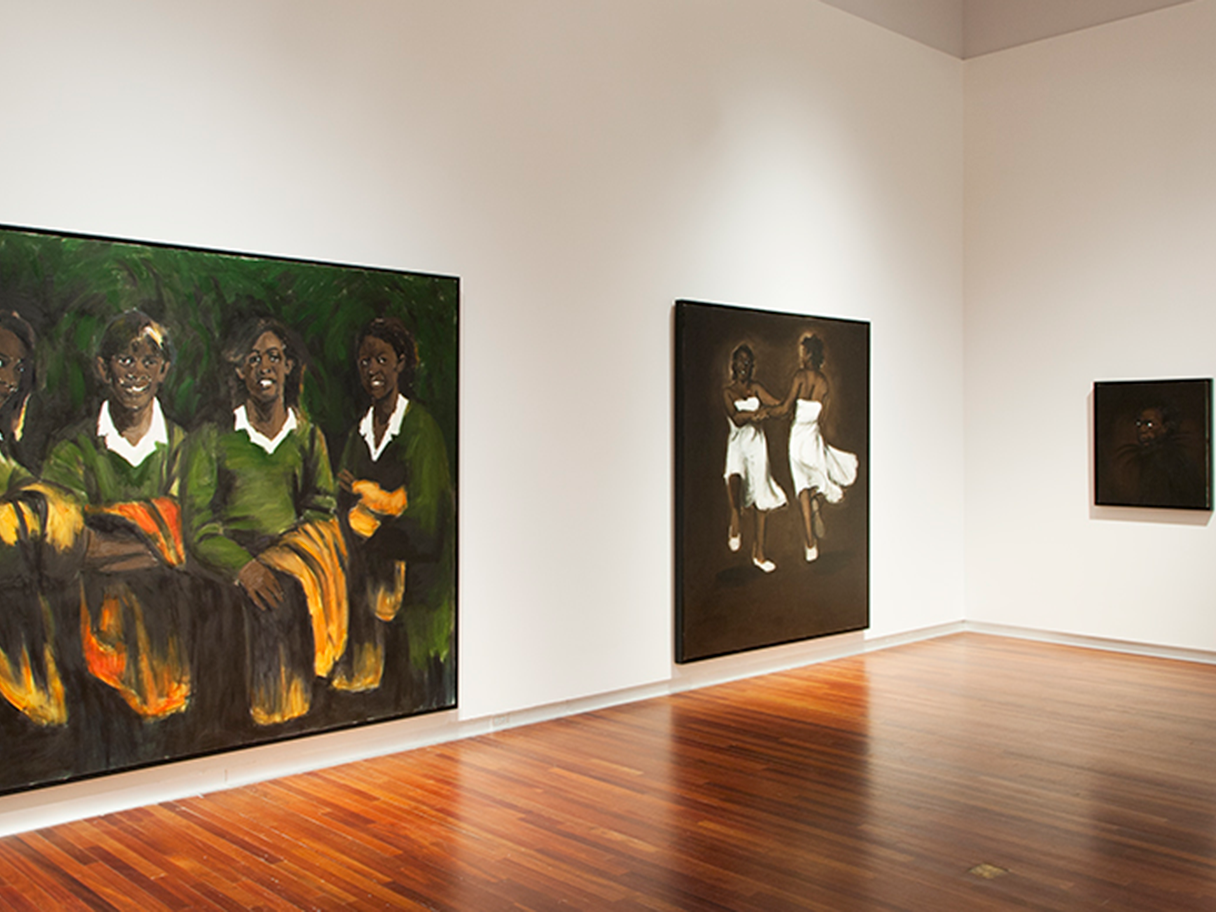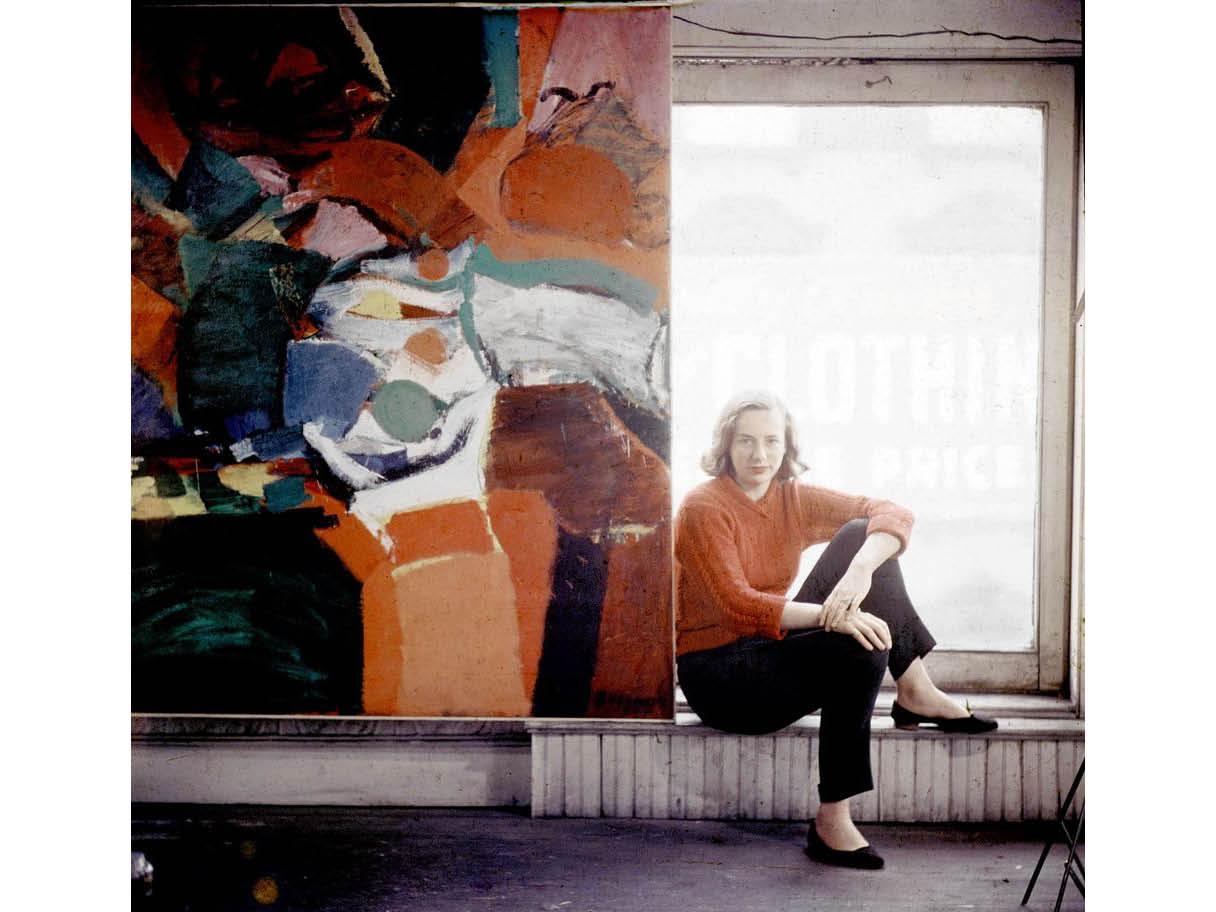The current installation of the UMFA’s modern and contemporary collection investigates broad themes including, but not limited to, abstraction and Conceptual art as well as racial and gender inequities in Utah and the United States. The exhibition aims to reflect the diversity of artistic practice over the last seventy-five years without imposing master narratives.
Read more about past and present artists featured in the modern and contemporary gallery below.
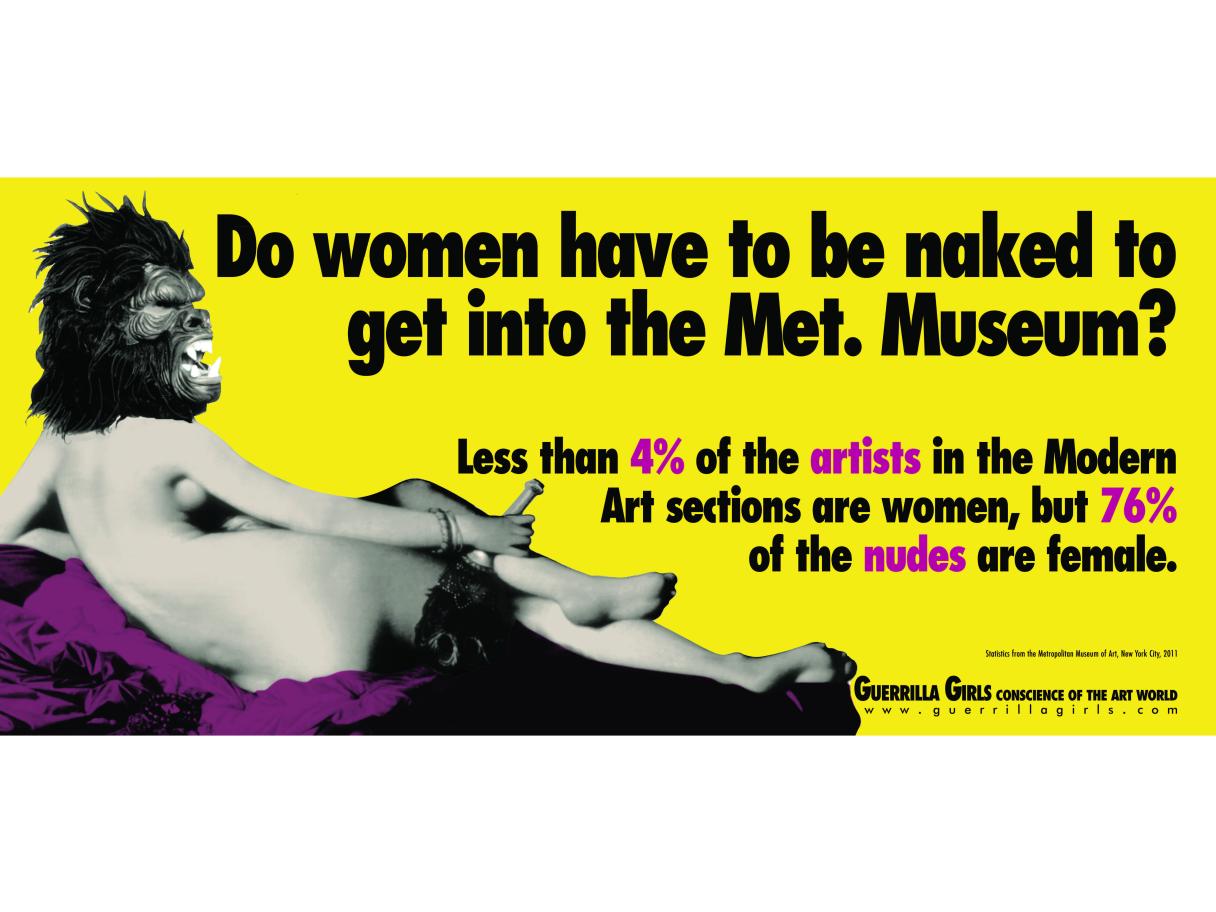
Guerrilla Girls: Asked to design a billboard for the Public Art Fund in New York, we welcomed the chance to do something that would appeal to a general audience. We went to the Metropolitan Museum of Art to count the number of women artists on exhibit compared to the number of naked female bodies in the art works. The results were very revealing. The Public Art Fund rejected it as a billboard, claiming it wasn’t “clear enough,” so we ran it as an ad in New York City busses instead. - www.guerrillagirls.com
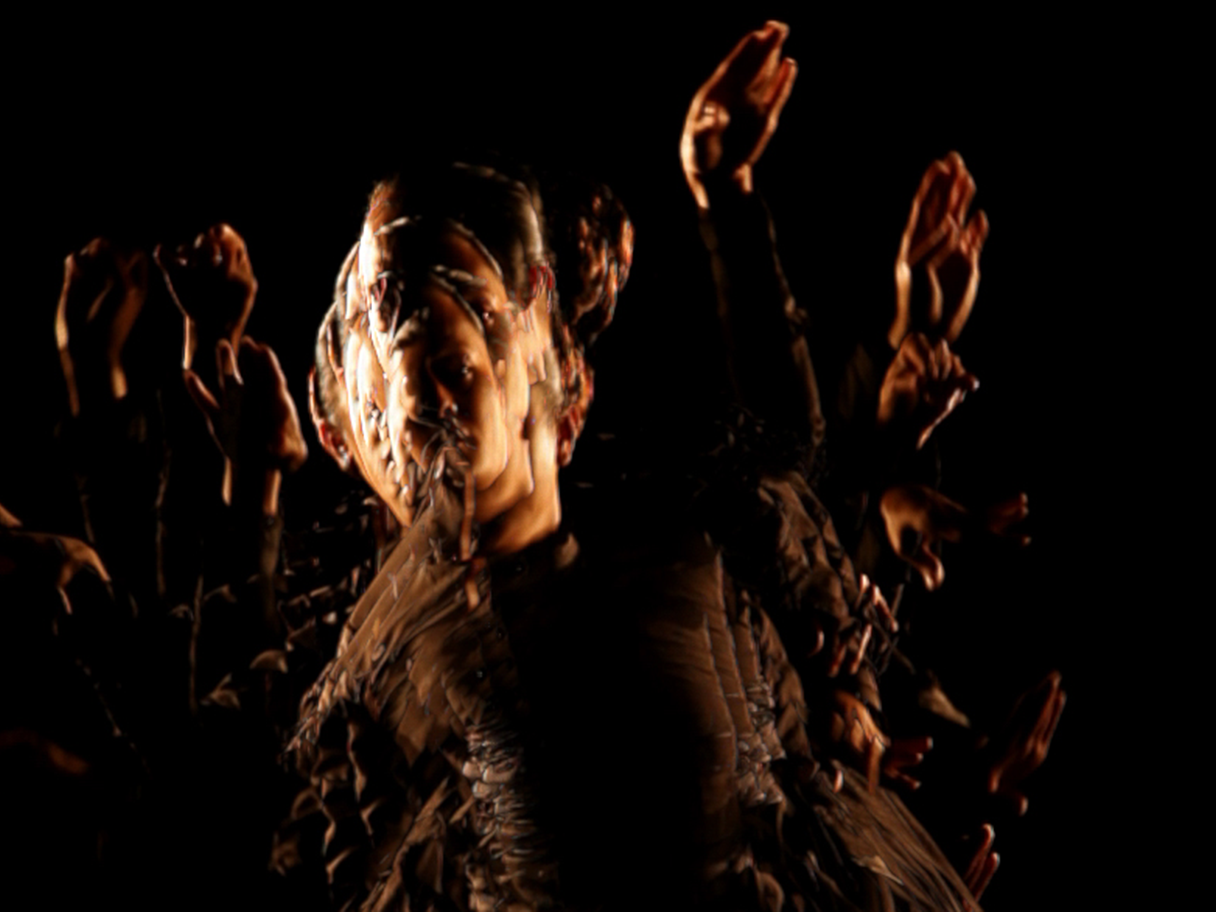
In 2002, Shigeyuki Kihara performed Taualuga: The Last Dance at the 4th Asia Pacific Triennial of Contemporary Art in Brisbane, Australia. Since then, Kihara, who was born in Samoa in 1975, has continually revisited this performance, shaping it into a poignant social commentary that weaves together past and present colonialism, the subjectivity of native women, and the present and future consequences of humanity’s impact on the earth.
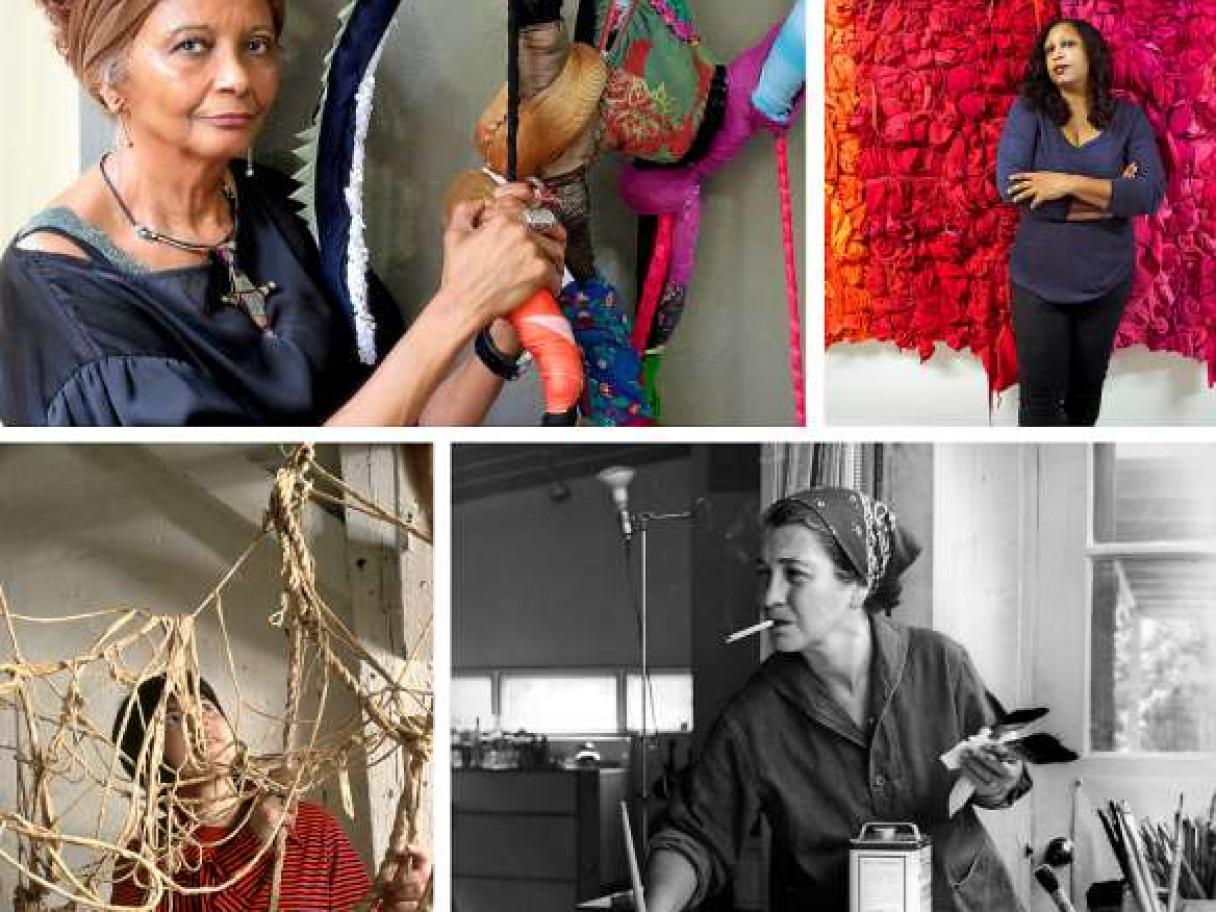
While some artists are ambivalent about being viewed through the lens of gender, the all women’s group show, which fell out of favor in the ‘80s and ‘90s, is flourishing again. At least a dozen galleries and museums are featuring women-themed surveys, a surge curators and gallerists say is shining a light on neglected artists, resuscitating some careers and raising the commercial potential of others.

Frequently pressed to explain his reliance on the art students and other draftsmen who helped exe cute his work, Sol LeWitt (1928-2007) often likened his role as an artist to that of a composer and his wall drawings to musical scores. Just as a composer creates music for others to play, LeWitt generated the ideas for his wall drawings, but repeatedly relinquished their execution to others.

LeWitt's work calls our attention to the disparity between the world of language and that of objects and actions. By focusing on the disjunction between these terms, LeWitt bridged the gap between Minimalism and Conceptual art. As an artist he is intent on both making art just another object in the world and seeking to dematerialize it.

